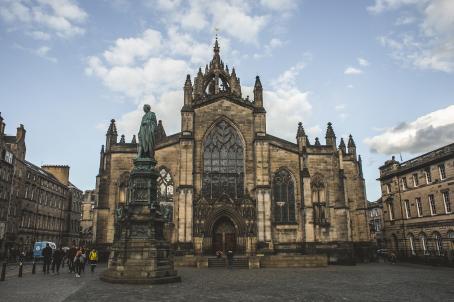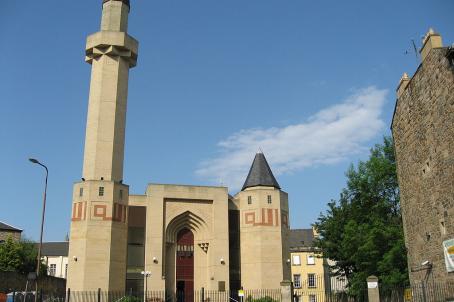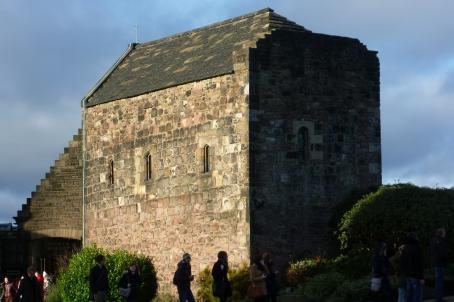Greyfriars Kirk and cemetery

Located near Grassmarket, Greyfriars Kirk is an early 17th-century church, the first built in Edinburgh after the Reformation.
About this building
The name of the church refers to the monastery of the Greyfriars, or Franciscans, which was located at the eastern end of Grassmarket until 1558. The adjacent cemetery is often what leads tourists to visit this site. Indeed, the bucolic Greyfriars Kirkyard houses the tombs of notable Edinburgh residents.





